#franz loewy
Text
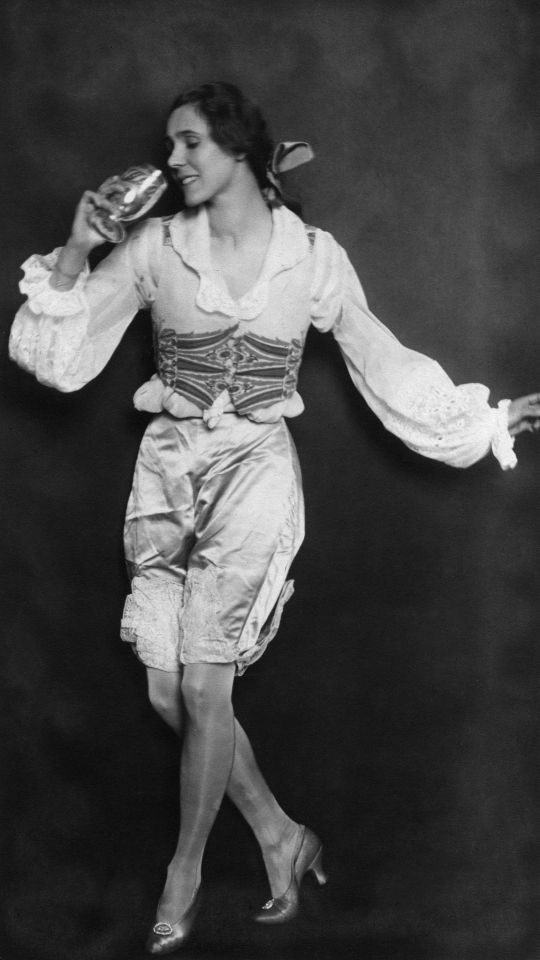
Franz Löwy ~ Grete Wiesenthal (1885-1970), full-figure portrait, dancing with a glass in hand, 1918. Die Dame 16/1918 | getty images
view more on wordPress
#Grete Wiesenthal#franz loewy#Franz Löwy#danseuse#die dame#role portrait#Tänzerin#danzatrice#bailarina#die dame magazine#Franz Lowy#glas#dancer#Molière#Moliere#Rollenporträt#Rollenfoto#1910s#The Bourgeois Gentleman
121 notes
·
View notes
Photo

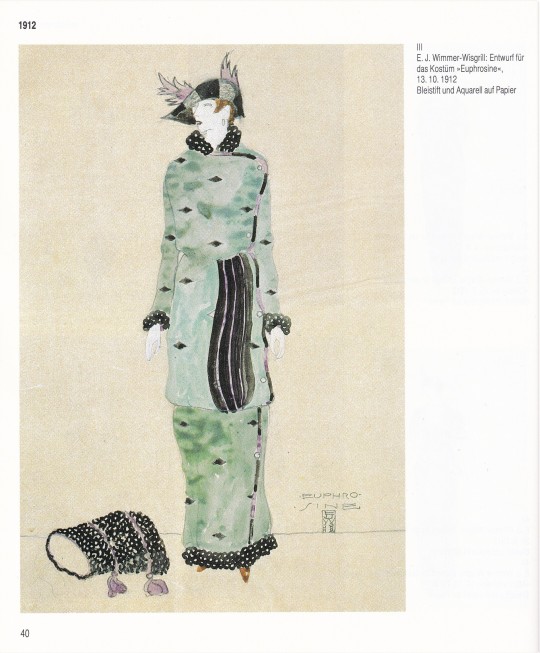
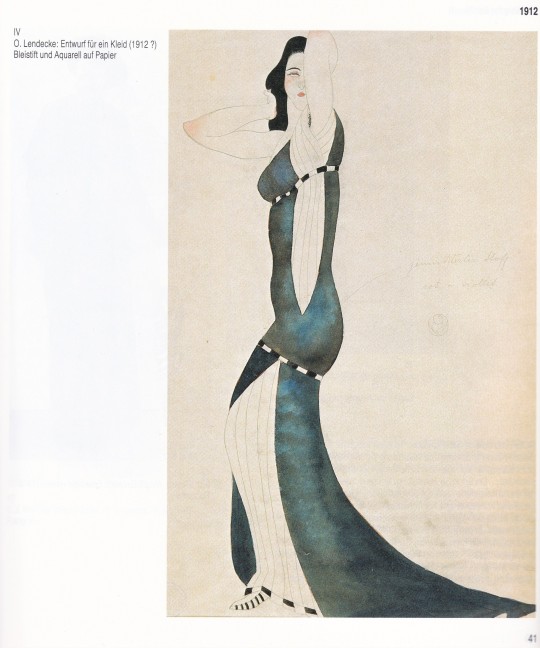
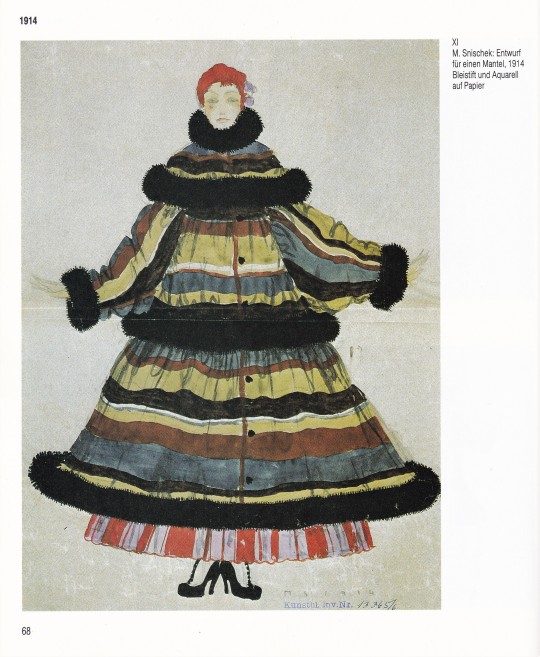

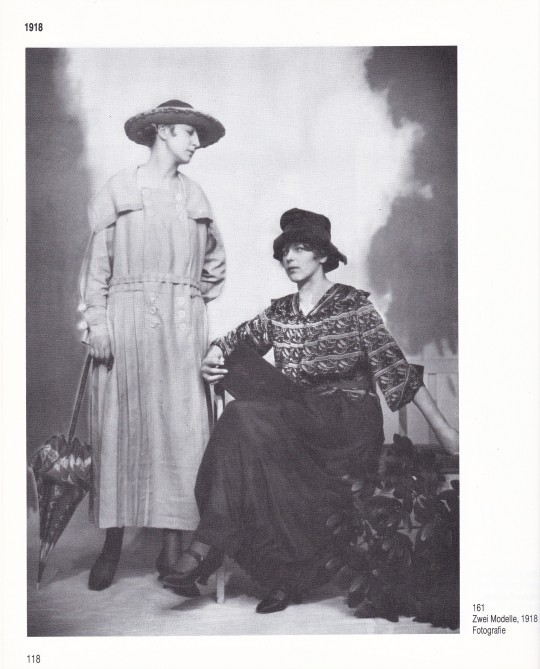

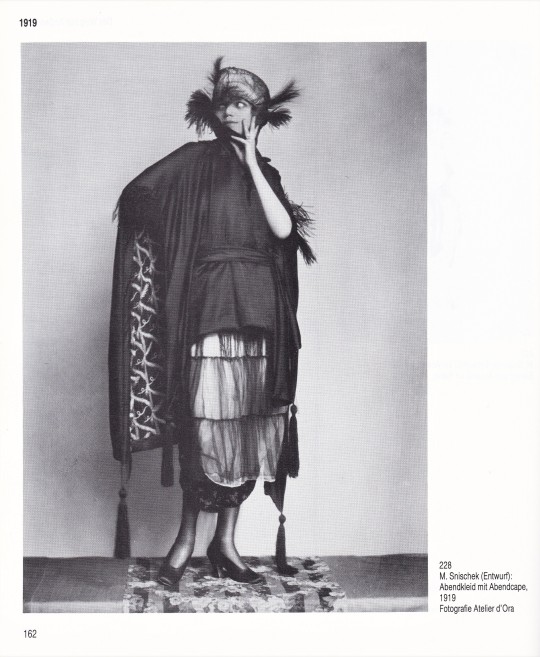
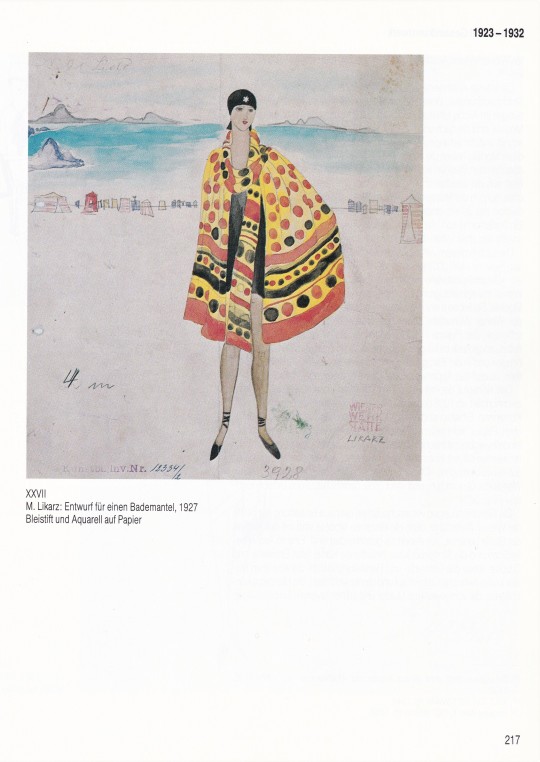

Wiener Mode + Modefotografie
Die modeabteilung der Wiener Werkstätte 1911-1932
Katalog des Österreichischen Museums für angewandte Kunst
Angela Völker
Verlag Schneider-Henn, München - Paris 1984, 283 Seiten mit 393 Abb., davon 33 in Farbe , ISBN 978-3923239108
euro 45,00
email if you want to buy [email protected]
Vienna Fashion + Fashion Photography. The fashion department of the Vienna Workshop 1911-1932. Catalogue of the Austrian Museum of Applied Arts
22/04/20
orders to: [email protected]
ordini a: [email protected]
twitter:@fashionbooksmi
instagram: fashionbooksmilano, designbooksmilano tumblr: fashionbooksmilano, designbooksmilano
#Wiener Mode#Modefotografie#moda Vienna#fashion photography#Franz Loewy#Atelier d'Ora#Josef Hoffmann#Dagobert Peche#fashion history#fashion inspirations#fashion books#Applied Arts Museum Fashion Collection#fashionbooksmilano
12 notes
·
View notes
Photo

Wiener Werkstätte knit dress attributed to Max Snischek, photograph by Franz Loewy, 1921.
(source: Antiques magazine)
8 notes
·
View notes
Photo



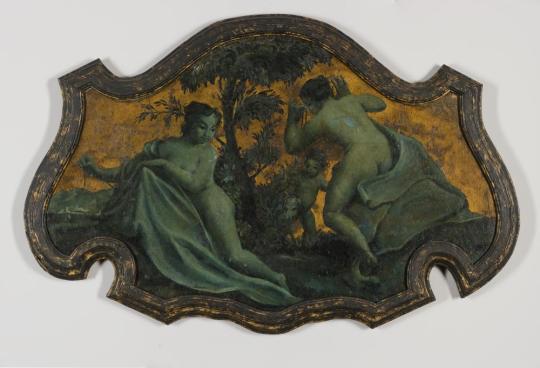
CFA: Raubkunst at the Ringling: A Catalogue in Absentia
A researcher and writer is being sought to investigate the provenance of a quartet of quirkily shaped, sized, and framed 18th Century oil paintings associated with the work of Venetian artist Giovanni Battista Piazzetta (1682-1754). The genre pastoral scenes are in the collection of the John and Mable Ringling Museum of Art in Sarasota, Florida, having been purchased by the museum in 1949. The destination for this research is the collaborative book project Raubkunst at the Ringling: A Catalogue in Absentia, commissioned by Hirmer Verlag and scheduled for publication in 2021. Contributing authors museum curators from Germany, Italy, the United States, and Great Britain.
The works were sold to the Ringling by the German-Jewish art, antique, and textiles dealer Adolph Loewi, who operated galleries in the Veneto as well as New York City and Los Angeles. In 1939 Loewi fled Italy with his family, losing some of his files in the process. Whether the documentation for the Piazzetta-adjacent works was among those documents is not clear; in any case, no record of their provenance exists prior to the Ringling purchase.
Because the Modern Art that had been declared entartete– degenerate – by the Third Reich was seized by the Germans from German government-sponsored museums it is – technically – not considered Raubkunst, stolen art, though certainly the Nazis profited from its sale. Works that were stolen from private owners and collectors, or procured through forced sales, aretruestolen objects, and subject to return to the families of their original owners.
Even in seemingly clear-cut cases, this process can be challenging. In many instances, entire families were murdered their homes or in concentration camps, and no heirs exist to lay claim upon what should have been prized heirlooms. The few remaining survivors of Nazi art theft or their descendants must file official claims with the German government or bring private litigation against museums and auction houses. Claims to works must be substantiated by proof of ownership – a paradox that ends many legal proceedings before they begin since receipts, ledgers, diaries, and documentary stamps were often destroyed, dispersed, or concealed by those who had stolen the artworks in the first place.
Recent books such as Simon Goodman’s The Orpheus Clock: The Search for My Family's Art Treasures Stolen by the Nazis (2016) and The Lady in Gold: The Extraordinary Tale of Gustav Klimt's Masterpiece, Portrait of Adele Bloch-Bauer (2015) by Anne-Marie O’Connor detail the eventual triumph of the resourceful Goodman and Altmann families pitted against adversaries in museums and galleries over the course of lengthy and expensive court battles. Some cases turn less flamboyantly but more emotionally. The Austrian art dealer Lea Bondi-Jaray lost her beloved Portrait of Wally, a 1912 painting by her friend Egon Schiele, in the Anschluss in 1939. She went to her grave fighting to have the painting returned from private gallerist Rudolph Leopold who had acquired the painting in collusion with the Austrian government in 1954. Bondi-Jaray’s family continued the battle, eventually taking on no lesser adversaries than Ronald Lauder, the Museum of Modern Art, and Austria’s Leopold Museum. The case turned when the family produced pre-war photographs of Portrait of Wallyin Bondi-Jaray’s Vienna apartment, convincing the United States Customs Service to seize the painting and United States District Court for the Southern District of New York Judge Loretta A. Preska to allow the case to proceed to trial. The Leopold Museum settled with the family in 2010.
Because of their appealingly peculiar nature and the seeming completeness of the grouping of four, it seems likely that the Piazzetta workshop paintings came from a private collection. But whose? The task of the writer-researcher who takes on this investigation will be to unravel this mystery. The outcome may be as simple as a lost receipt establishing a chain of custody that puts the Ringling in the clear, or as profound as reuniting the quartet with a family who thought them lost decades ago.
I began this project in 2016 when I discovered two woodblock prints by the Blaue Reiter artist Franz Marc (1880-1916) in the Ringling collection, identified them as Raubkunst, and eventually traced them back to their original owners in Stuttgart and Mannheim. My findings were accepted as a “closed case” this past February by the Commission for Looted Art in Europe. So the investigation has since expanded in scope, to say the least. I would welcome collaboration with, as well as questions and advice from, researchers and connoisseurs with expertise in both provenance, authentication, and 18th Century art. Please contact me at jeanmarie.carey [at] gmail.com.
Images: Circle of Giovanni Battista Piazzetta 1682 -1754), Pastoral Scenes, c. 1750.Oil on canvas; (approximately 56.5 x 92.7 cm).The John and Mable Ringling Museum of Art, Object numbers: SN627-SN630.
– Jean Marie Carey
#italian art#piazzetta#ringlingmuseum#john and mable ringling museum of art#raubkunst#provenance#research#museum#collections#florida#lootedart#Giovanni Battista Piazzetta#franz marc#commission for looted art in europe#catalogue#writing#cfa#cfp#18th Century#art#art history#sarasota
97 notes
·
View notes
Text
A Room of One’s Own
In celebration of Women’s History Month, March Object of the Day posts highlight women designers in the collection. Today’s blog post was written by Caitlin Condell and originally published September 30, 2015.
German-born Margarethe (Grete) Fröhlich was a young artist when she moved to Frankfurt, Germany in 1929. In the early 1920s Frankfurt had experienced a housing crisis. In an effort to address the shortage of affordable housing, the city embarked on a major building project, constructing nearly 15,000 residences in a period of five years. The “New Frankfurt,” as the effort was called, was overseen by the architect Ernst May with assistance from Margarete Schütte-Lihotzky, who designed the Frankfurt Kitchen, a streamlined, mass-produced kitchen that was installed in each housing unit.[1] The new affordable residences, built as Siedlungen (settlements), were notable for creating economical living spaces filled with light and air, and have since become iconic examples of German modernist architecture.
Fröhlich enrolled in the Frankfurt Kunstgewerbeschule (Arts School) and studied with architect Franz Schuster, whose “primary aim was to offer quality living environments for society’s less advantaged.”[2] After completing her three year program, she moved to Prague, a city which was also experimenting with Siedlungen. Fröhlich found work in Prague through a new friend, a fellow artist named Friedl Dicker-Brandeis, who had recently moved to Prague after training at the Weimar Bauhaus. Fröhlich worked first as a model maker for architects, but she eventually re-focused her work using her Frankfurt training, becoming an interior designer who specialized in Siedlungen. Dicker-Brandeis taught Fröhlich how to create isometric drawings, which she used to convey her designs.[3]
As these charming and quirky isometric drawings of Seidlungen interiors demonstrate, there were many ways to configure these small living spaces to allow for maximum flexibility with a personalized touch. Fröhlich used a variety of collage materials to convey different textures, colors and patterns. She switched up her perspectives to showcase individual elements, breaking away from strict adherence to drafting guidelines.
Couches double as beds, tables fold down to store flat, chairs stack, and curtains partition spaces to create privacy. Each space features light and air as a primary element, and potted plants bring nature indoors. Fröhlich proposed textiles and furniture in trendy patterns and edgy color palettes, with red and green punctuating the colors of mass-produced linoleum, tile, and wood veneer. But the drawings themselves feature elements that had become popular tropes of the avant-garde, including newspaper as a collage element, which is used improbably to indicate the wall structure in several of the proposals.
Fröhlich’s career as an interior designer was cut short when she was forced to flee Prague in 1939 to evade the Nazis. (Dicker-Brandeis remained in Prague until she was deported to the Nazi camp Terezin, where she taught art until her transfer to Auschwitz, where she was murdered in the fall of 1944). Fröhlich moved first to Poland, then to London, and finally to the United States in 1941. Along the way, she worked for Bauhaus trained architect Franz Singer as a model maker, for the firm Harrison & Fouilhox on their proposal for the Coney Island Aquarium, and finally for the influential American industrial designer Raymond Loewy. She taught courses in Home Planning and Furnishing at Columbia University’s Teacher’s College in the late 1940s, before giving up her career in design in 1950, when she became the headmaster of the Waldorf School.
Caitlin Condell is the Associate Curator of Drawings, Prints & Graphic Design at Cooper Hewitt, Smithsonian Design Museum.
[1] Schütte-Lihotzky, Margarete; Julie Kinchin (trans). “Passages from Why I Became an Architect.” West 86th: A Journal of Decorative Arts, Design History, and Material Culture, Vol. 18, No. 1 (Spring-Summer 2011), pp. 86-96.
[2] Beyerle, Tulga, and Karin Hirschberger. A Century of Austrian Design, 1900-2005. (Basel: Birkhäuser, 2006), p. 112.
[3] Interview with Dr. Gail S. Davidson, Summer 1997.
from Cooper Hewitt, Smithsonian Design Museum http://ift.tt/2IcG4Fw
via IFTTT
3 notes
·
View notes
Text
VISA - Greg Silveria (2006)
The first logo appeared in the same year as the company's founding, with the word VISA typed in the middle of two lines (blue on the top and a corn yellow on the bottom). The original design lasted until 1982 when the company chose a more visible and recognizable font and color scheme, with the "Visa" in the same blue and a small check of yellow on the left side of the "V." The new logo was phased into the company in 2006, and by 2011, all of the company's cards, marketing, promo materials, and other services carried this new logo.
COCA-COLA - Logo Designer: Turner Duckworth (2009)
UPS - Logo Designer: Paul Rand
STARBUCKS - Lippincott and Starbucks Global Creative Team (2011)
SHELL - Logo Designer: Raymond Loewy
NBC - Logo Designer: Chermayeff & Geismar
AMAZON - Turner Duckworth designer Anthony Biles
And that was it.” All Amazon had wanted was a new logo, but the branding company saw that the smile – dreamt up by Turner Duckworth designer Anthony Biles – could become the cornerstone of a much larger cross-media identity blitz. “Jeff Bezos was extremely cost conscious,” Turner explains.
NIKE - Carolyn Davidson
Carolyn Davidson, who at the time received only $35 for her work, was inspired by Nike, the namesake Greek goddess of victory, to create the Swoosh which implied movement and speed. Updating the logo in 1978, Nike opted for a bolder, all-caps font and a slight re-positioning of the Swoosh. The Swoosh went on to become one of the most iconic images in the world, so much that in 1995 the company chose to remove the brand name of the original design, leaving the Swoosh as the sole symbol of the company.
AMERICAN AIRLINES - Logo Designer: Massimo Vignelli
BMW - Logo Designer: Franz Josef Popp
MERCEDES-BENZ - Henrion Ludlow Schmidt
TARGET - The Dayton's (formerly Target) PR team
1962: The Dayton’s (formerly Target) PR team debated more than 200 possible names for the store and logo design. On a red-and-white whim, they came up with “Target” and immediately envisioned a classic Bullseye logo with three rings. Genius!
1962: The Dayton’s (formerly Target) PR team debated more than 200 possible names for the store and logo design. On a red-and-white whim, they came up with “Target” and immediately envisioned a classic Bullseye logo with three rings. Genius!
MICROSOFT - Logo Designer: Scott Baker
VW - Meta Design (2007)
NASA -James Modarelli
The round red, white and blue insignia, nicknamed the "meatball," was designed by employee James Modarelli in 1959, NASA's second year. The design incorporates references to different aspects of the mission of the National Aeronautics and Space Administration. The round shape of the insignia represents a planet. The stars represent space. The red v-shaped vector represents aeronautics. The circular orbit around the agency's name represents space travel.
McDonalds - Logo Designer: Jim Schindler
FEDEX - Landor Associates
Dallas Cowboys - Jack Eskridge
Jack Eskridge, one of coach Tom Landry's first hires, redesigned the existing logo in 1964 by adding a white border around the blue star, giving it a 3D-effect. It has stood ever since.
WWF - Asha
GAP - Laird & Partners
AUDI - Meta Design
GOOGLE - Sergey Brin
A revised logo debuted on September 1, 2015. The previous logo, with slight modifications between 1999 and 2013, was designed by Ruth Kedar; the wordmark was based on the Catull typeface, an old style serif typeface designed by Gustav Jaeger for the Berthold Type Foundry in 1982.
ADIDAS - Peter Moore
ATT - Interbrand
VOLVO - Karl-Erik Forsberg
Karl-Erik Forsberg, adapting the Volta typeface. When Volvo was reactivated, the company adopted the ancient chemical symbol for iron — a circle with an arrow pointing diagonally upwards to the right.
Karl-Erik Forsberg, adapting the Volta typeface. When Volvo was reactivated, the company adopted the ancient chemical symbol for iron — a circle with an arrow pointing diagonally upwards to the right.
3M - Siegel &Gale
HP - Moving Brands - Heinl and partner Hanna Laiko
How HP's brilliant new logo came to be
http://www.theverge.com/2016/4/20/11457746/hp-new-logo-spectre-13-moving-brands-interview
BARBIE - Ruth Handler
Parent company Mattel designers further develop original design throughout the years
The current version of the Barbie logo consists of a simple wordmark which features the brand name in a hand-drawn, italic typeface which has an elegant, playful and traditional look and feel.
Pink is a color that feels soft, gentle, sweet, young, feminine and optimist. All these qualities makes its use perfect for the Barbie logo.
INTEL - Future Brand
KODAK - Peter J. Oestrich (1971), Brand Integration Group,Ogily NY (2006)
0 notes
Photo

Germaine Dulac, 1920-1930 -by Franz Löwy
from juannaranjo
32 notes
·
View notes
Text
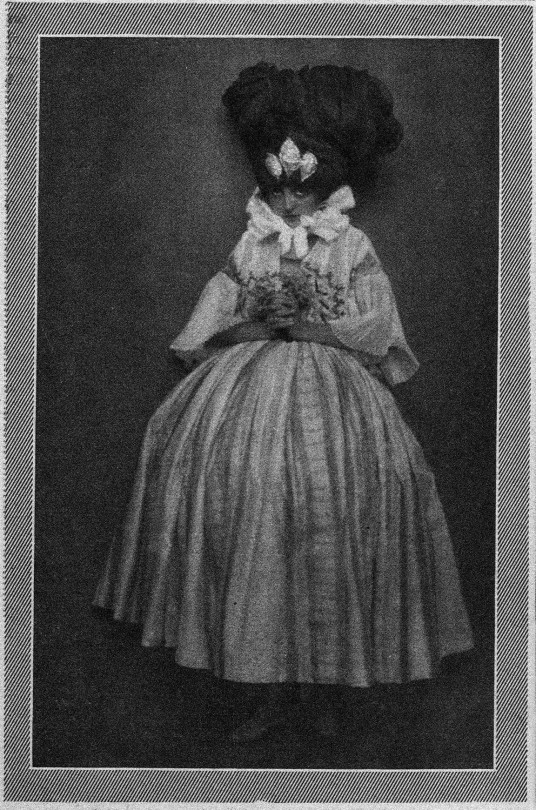
Franz Löwy ~ Maria Ley in Wiener Werkstätte Tanzkostüme. Sport im Bild 47/1921
View & read more on wordPress

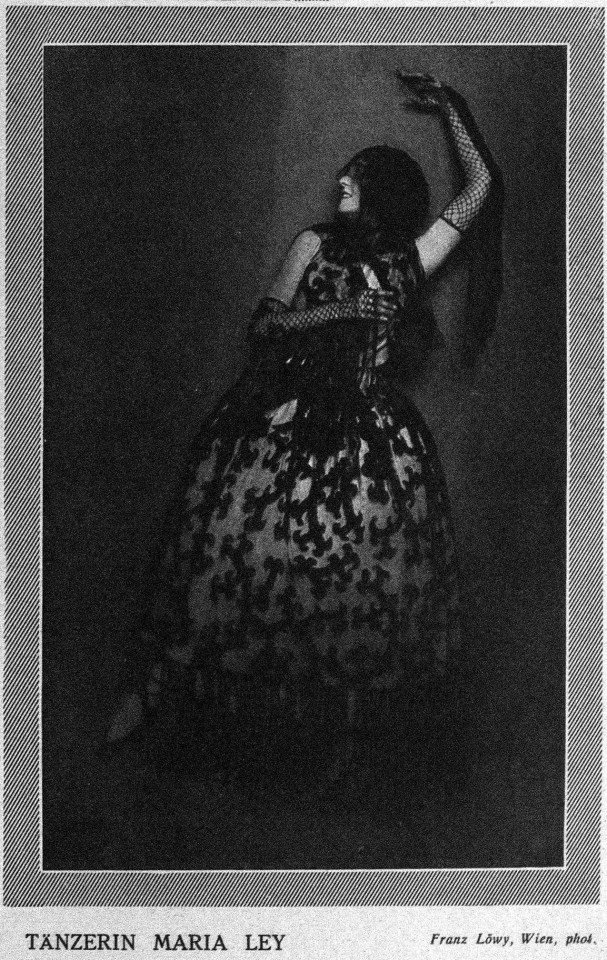
DIE SCHÖNE WIENER TÄNZERIN MARIA LEY die einige Tanzabende in Berlin gab, in ihren neuen, von Professor Wimmer (Wiener Werkstätte) erfundenen Tanzkostümen.…
View & read more on wordPress
#franz loewy#maria ley#Franz Löwy#dance costume#tanzkostum#dance pose#tanzpose#Wiener Werkstaette#Moderne Welt#dancer#Tänzerin#danseuse#danzatrice#bailarina#franz löwy#Franz Lowy#Maria Ley-Piscator#Sport im Bild#tanz#tanzerin#vienna secession#wiener werkstatte#Wiener Werkstätte#women artists
40 notes
·
View notes
Text

Franz Löwy :: Dance scene, from the "Exposition Internationale des Arts Décoratifs et Industriels Modernes" in Paris 1925
Fotografie einer Tanzaufnahme von Franz Löwy auf der "Exposition Internationale des Arts Décoratifs et Industriels Modernes" in Paris 1925 (vom Bearbeiter vergebener Titel) | src MAK – Museum für angewandte Kunst
view on wordPress
#franz loewy#franz lowy#dance scene#veiled women#veiled dancer#tanzerin#danseuses#tanzerinnen#danzatrici#dancers#1920s#pictorialism#pictorialisme
137 notes
·
View notes
Text
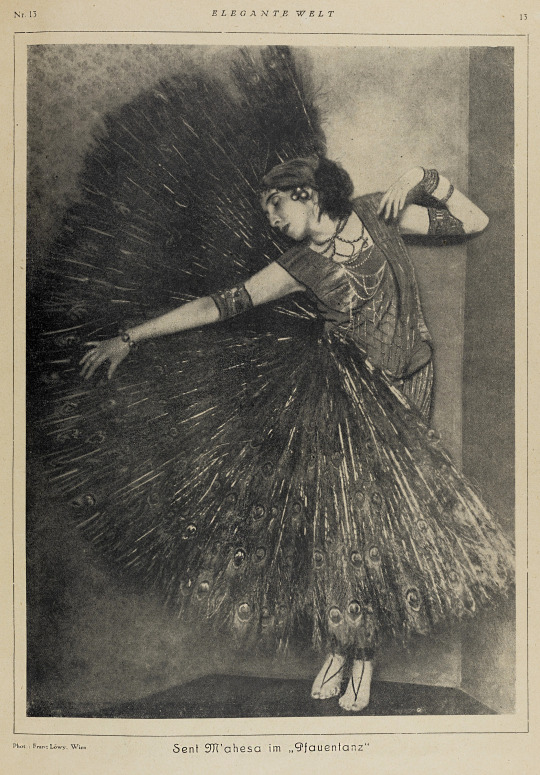
Franz Löwy :: Sent M'Ahesa (Else von Carlberg), eigentlich Else von Carlberg, war eine der bekanntesten Ausdruckstänzerinnen der Weimarer Republik. Der Beitrag erschien in der Zeitschrift 'Elegante Welt' und ist nun zu sehen in der Ausstellung Kleidungin Bewegung. | src Historisches Museum Frankfurt
View on WordPress
#1920s#dance costume#dance pose#danseuse#elsa von carlberg#else von carlberg#expressionist dance#expressionist dancer#feathered costume#franz löwy#franz loewy#franz lowy#peacock dance#peacock feathers#pfauentanz#sent mahesa#tanzerin#tanzpose#weimar republic
76 notes
·
View notes
Photo

Ellen Tels in ‘Dreamdance’, 1922
Franz Löwy :: Dancer Ellen Tels in 'Dreamdance', 1922. | src Ullstein Bild via Getty Images
#franz löwy#franz lowy#ellen tels#franz loewy#role portrait#dance costume#dance pose#dreamdance#dancer#gauze drapes#gauze dress#1920s#1922
133 notes
·
View notes
Photo

Franz Löwy :: Coiffeur Antoine (Haarkuenstler), inventor of the bobbed haircut, in pearl jewelry at a costume festival, 1925. Published in Die Dame 17/1925 and BIZ 20/1925. Photographer: Franz Loewy. Property of Ullstein Bild | src Getty Images
view on wordPress
#franz loewy#franz löwy#costume#die dame#franz lowy#headdress#pearl costume#cross dressing#pearl headdress#1920s#antoine#1925#coiffeur antoine#oriental costume#kostum#pearl necklace#costume ball#costume festival#BIZ#die dame magazine
186 notes
·
View notes
Photo
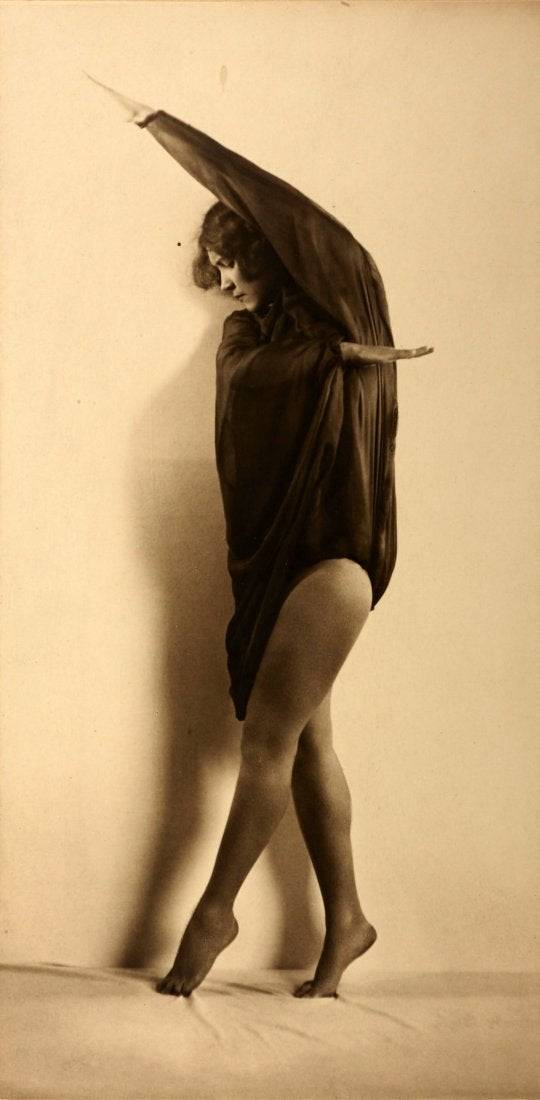
Franz Löwy :: Bertl Komauer (1920s). Vintage silver. Photographer's stamp and “Schule Bertl Komauer / Gymnastic Rhytmic Tanz / Wien” stamp on the reverse, annotated “Johann Sebastian Bach, Präludium b-Moll” in ink on the reverse. | src liveauctioneers
view more on wordPress
#bertl komauer#franz loewy#dance pose#dancer#franz löwy#tiptoe#franz lowy#danseuse#dance costume#dance school#tanzerin#danzatrice#Tänzerin#tanzpose#bach#1920s#praeludium
83 notes
·
View notes
Photo

Franz Löwy :: Bertl Komauer, Wien, ca. 1924. Vintage silver print. “Schule Bertl Komauer / Gymnastik Rhythmik Tanz / Wien” stamp on the reverse, annotated “Schuman Aufschwung” in ink and “Franz Löwy, Wien” handwritten in pencil on the reverse. | src Ostlicht Photo Auction 8
view more on wordPress
#bertl komauer#franz lowy#dancer#franz löwy#franz loewy#danseuse#Tänzerin#tanzerin#rhythmic dance#dance school#tanzmoderne#danzatrice#modern dance#plastic dance#tanzpose#dance pose#1920s#plastic pose#vienna
60 notes
·
View notes
Photo

Franz Löwy :: Coiffeur Antoine. Portrait of the inventor of the crop haircut. Monsieur Antoine posing as an Indian deity, 1926. Photographer: Franz Loewy. Property of Ullstein Bild | src Getty Images
view on wordPress
#franz loewy#circle#franz löwy#costume#costume portrait#deity#franz lowy#indian goddess#portrait#portraying#1920s#1926#coiffeur antoine#hairdresser#indian deity
131 notes
·
View notes
Photo

Rita Sacchetto, 1922 Franz Löwy :: Dancer and Actress Rita Sacchetto, ca. 1922 (born Margaritha Sacchetto, after married Countess Zamoysky). Published in Berliner Illustrirte Zeitung 07/1922 | src getty images
#franz lowy#franz löwy#rita sacchetto#dance pose#franz loewy#dancer#dance costume#danseuse#1920s#Tänzerin#tanzpose#exotic costume#Countess Zamoysky#Margaritha Sacchetto#barefoot#tanzkostum#danzatrice
96 notes
·
View notes